The riverboat captain is a storyteller, and Captain Don Sanders will be sharing the stories of his long association with the river — from discovery to a way of love and life. This part of a long and continuing story first appeared in July, 2019.
By Capt. Don Sanders
Special to NKyTribune
Of all the many jonboats I’ve seen in my nearly 70 years on the river, the best looking was the wooden beauty Walter Hoffmeier built and named KIRK for his oldest grandson. A jonboat may also be called a “johnboat” or “joboat,” and is a traditional small river utility boat with a flat bottom and a scow bow on either end which easily sets them apart from a “skiff” or “yawl” having a pointy bow and a raked, sloping stern. Both styles may trace their origins back to antiquity, but when they arrived on the Mississippi River system, the designs quickly lost their deep keels and steep gunnels, or sides, and adapted to the shallow waters and lesser waves of the inland rivers.

Until outboard motors became popular after the first successful one was invented in 1909 by Ole Evinrude, jonboats, skiffs, and yawls were human-powered and rowed with oars. Just about everyone living on or near a river had some variety of these small vessels usually home-built without the benefit of written directions, but all followed a general scheme of construction depending upon the builder’s location on whatever section of the river he, and quite unlikely, she, lived.
Of course, Native Americans were the first boat builders on the North American Continent, but their arks were more of the hollowed-out logs and birch bark over-frame-canoe variety. The native people devised quite an effective system of employing interconnecting water routes which allowed for lengthy trips over and between small streams. These streams have since filled and clogged after European refugees displaced the original inhabitants and introduced the plow to disturb the untilled soil. Eroded runoff carried by the rains quickly filled and choked what had been navigable channels and avenues of travel for centuries. Those ancient interconnecting water routes are now lost and forgotten.

The earliest non-native newcomers adapted the indigenous styles of boatbuilding until the building of the first sawmills, generally in the Pittsburgh area of the Ohio River at the confluence of the Allegheny and Monongahela Rivers. The mills allowed builders to introduce their styles of wooden plank-on-frame boat construction. More substantial, broader, and heavier boats allowed for more plunder to be aboard the vessels floating with the current down the river.
At the same time, the smaller boats, the jonboats, and skiffs evolved from the Whitehall’s, dories, and other varieties brought westward from the eastern seaboard. These little boats became personal conveyances, ferries, and recreational vehicles for those living along the river shore.
By the time I arrived on the river scene, small boats constructed of wooden planks and plywood were still around, but lighter-weight aluminum and fiberglass materials were quickly replacing boards and beams as the choice for the building medium. Fortunately, I enjoyed many small craft adventures in wooden boats before they became all-but-extinct on the inland rivers.
As a lad rowing the KIRK nearly every day for several years, I strove to be the best oarsman on the river. When I joined the deck crew of the Steamer AVALON during my seventeenth summer, I promptly assumed the role of rowing the steamboat’s wooden jonboat during man-overboard emergencies. My small wooden boat saved several jumpers from death’s grasp in the angry Mississippi River.

As often as I could, I took the DELTA QUEEN’s aluminum yawl out for a spin under-oar, but in the several years I spent aboard the QUEEN, not a single passenger jumped off the boat and into the river. But I was prepared had one decided to leap.
My ultimate adventure rowing a wooden riverboat was aboard the sixteen-foot Weaver Skiff I bought from riverman Dewey Peluso, sister of Helen Gutzwiller, owner of the Newport Yacht Club; commonly called “Helen’s,” across the Ohio from the Cincinnati Public Landing. Dewey got the Weaver from Captain John Beatty. It needed work, but I paid him twice what the boat was worth and became a proud boat owner.
After repairs and painting, I christened my prize, the FLYIN’ FISH for Deborah Anne “Fish” Fischbeck. Together, the Fish and I broke a long-standing 1941 speed record set by Cappy Lawson Hamilton on the Great Kanawha River from the Southside Bridge in downtown Charleston to the Chuck Yeager Memorial Bridge at Port Amherst, and back. Each leg of exactly five miles each way was thoroughly recounted in an earlier column in this series.
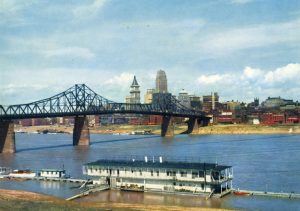
Of an unknown number of small wooden boat builders on the Western Rivers, one best-remembered enterprise is the Racine Boat Works in Racine, Ohio. Although it has been decades since the last skiff rolled out its doors, the most known of the Racine-built small boats are the fabled “Weaver Skiffs” built by James Wallace “Boone” Weaver, the legendary skiff-builder who constructed the FLYIN’ FISH and hundreds more of the traditional small riverboats.
On all the five casino boats I officiated, I made a certainty of spending time rowing their emergency rescue jonboats. The most time spent rowing an auxiliary vessel off a gambling boat was during my sixteen years spent as the Senior Captain of the GRAND VICTORIA II at Rising Sun, Indiana, across from Rabbit Hash, Kentucky. Although powerful outboard engines powered the two stout aluminum jonboats, the outboards tended to fail when needed the most. Consequently, all of my deck crewmembers learned the basics of stroking a set of oars to get back to the mother boat should the unreliable motors fail.
After each weekly boat drill was finished and logged in the daily report, I retired from the lofty pilothouse to the Main Deck where the rescue boat awaited. With either the Lead Deckhand or a new crewmember needing rowing lessons, this Captain went out in the heavy, aluminum sixteen-foot boat and demonstrated the right way to handle a boat the old-fashioned way. It didn’t matter whether the Ohio River was fierce or friendly. We were out on the water rowing the rescue boat, as an emergency had to be trained-for on all stages of wind, waves, and water.

The handy, eleven-foot aluminum skiff BUSTER sits on the bow of the sternwheeler Rafter CLYDE, the most authentic 19th-Century steamboat look-alike anywhere on the river. When Everett Dameron and I packed it and everything but the kitchen closet into a 14-foot box van to haul to Alma, Wisconsin and reload the plunder aboard the CLYDE for the 1,300-mile delivery trip from there to her new home in Aurora, Indiana, the BUSTER proved to be the most precious piece of gear we brought. The only exception was the heavy anchor borrowed from the SUN*FISH, my other boat at the time. Without little “BUSSY,” the CLYDE may not have completed the month-long as safely and quickly as she did. After the trip was over, Ev quipped, “BUSTER saved our ass more than once.”
For many years, I harbored a yearning that “someday” I would build a reproduction of the Thompson Skiff residing in the Ohio River Museum at Marietta, Ohio, and row the elegant, but functional, skiff down the Ohio and Mississippi Rivers clear to New Orleans. That’s one dream that won’t happen, as I have procrastinated past the expiration date on the bottom of the bucket in which that notion languished.
The closest I came to building the Thompson was within the past ten years when a professional cabinetmaker and I started setting up the molds according to the drawings I found for the skiff. Although I bought and paid for the materials, as soon as I began helping the carpenter, who had imbibed a few too many brews, he began ordering me around like his “hired boy.” After the session, I left and never went back. So much for my dream of the Thompson Skiff, but I still have the drawings if anyone is interested in an excellent boatbuilding project.

Far too often, it’s thought to have a boat it has to be large, showy, and fast. But of all the boats I’ve known, none have been more fun and enjoyable than the ones I rowed. There is no better way to learn how a craft will handle than to be the motor that powers it. Sadly, the legacy of building and rowing the traditional small vessels on the Western Rivers is all but extinct, although those traditions are well and encouraged on the northeastern seaboard.
With some delight, I see that rowing is prevalent on my beloved Licking River, but absent are the skiffs and jonboats which once were standard on all the rivers. Perhaps all it will take will be one such small, wooden boat and a tradition may revive again.
If anyone reading this column is interested in resuscitating a nearly-extinct river tradition and having some of the best times of their life – I have a fine set of plans for starters.



Captain Don Sanders is a river man. He has been a riverboat captain with the Delta Queen Steamboat Company and with Rising Star Casino. He learned to fly an airplane before he learned to drive a “machine” and became a captain in the USAF. He is an adventurer, a historian, and a storyteller. Now, he is a columnist for the NKyTribune and will share his stories of growing up in Covington and his stories of the river. Hang on for the ride — the river never looked so good.
Enjoy Captain Don Sanders’ stories of the river — in the book.

Capt. Don Sanders The River: River Rat to steamboatman, riding ‘magic river spell’ to 65-year adventure is now available for $29.95 plus handling and applicable taxes. This beautiful, hardback, published by the NKyTribune, is 264-pages of riveting storytellings, replete with hundreds of pictures from Capt. Don’s collection — and reflects his meticulous journaling, unmatched storytelling, and his appreciation for detail. This historically significant book is perfect for the collections of every devotee of the river.
You may purchase your book by mail from the Northern Kentucky Tribune — or you may find the book for sale at all Roebling Books locations and at the Behringer Crawford Museum and the St. Elizabeth Healthcare gift shops.
Order your Captain Don Sanders’ ‘The River’ book here.















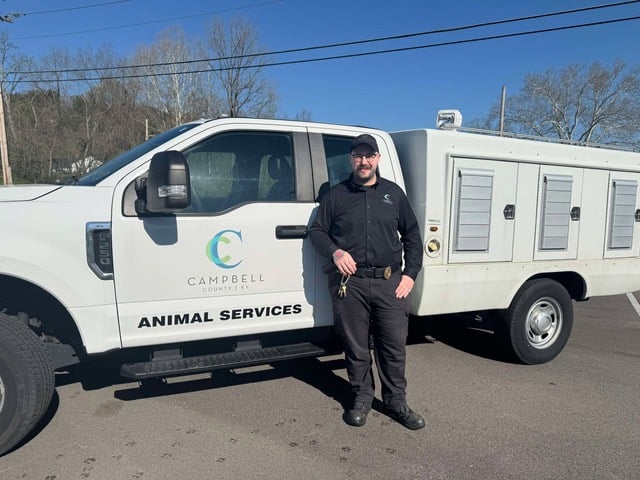



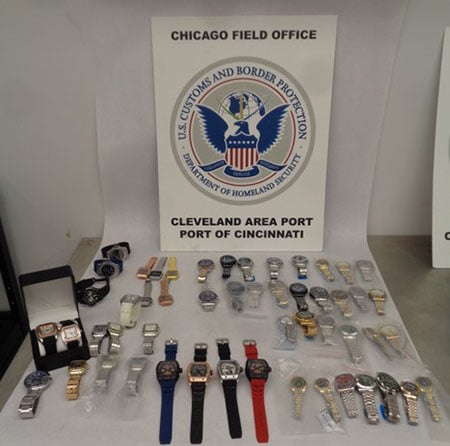
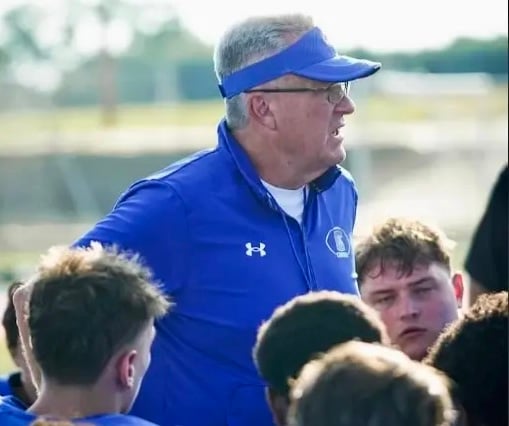

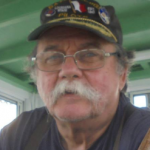
Captain Sanders:
I am part of a group of retirees, who are nearing completion on our fourth small boat – a sailing dory. We are interested in turning your plans into a completed boat. Please advise how we can obtain and pay for copies.
Thanks
Pete Strange
Thanks, Capt. Don, for sharing your enjoyable, heartfelt call for a new generation of river rat rowboaters!